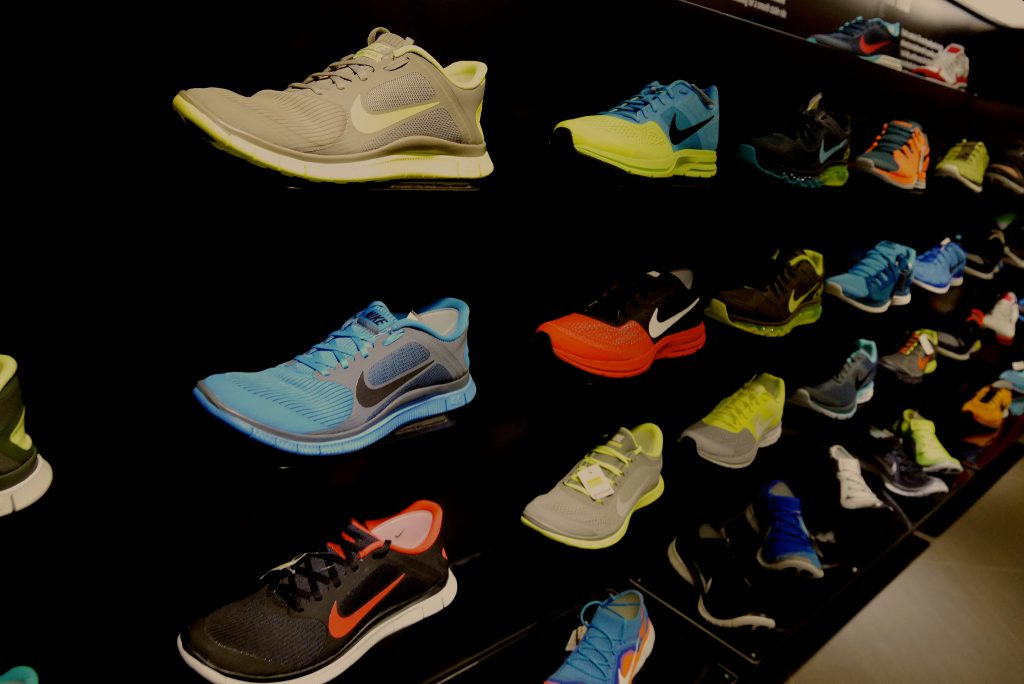
The retail giant will build a local manufacturing infrastructure. But will the USA be a part of it?
Big news this week in the apparel and footwear world.
Nike, a company that manufacturers nearly everything it makes overseas in places like China, Indonesia and Vietnam, is looking to expand its manufacturing operations closer to home.
The company announced it is partnering with Apollo Global Management to build a regional supply chain to “revolutionize apparel manufacturing in the Americas.” Here’s Antoine Gara at Forbes explaining:
“In the partnership, Apollo plans to buy apparel suppliers and textile firms in North and Central America, while also building out new manufacturing plants, warehouses and logistics networks for Nike. Already, Apollo’s Special Situations I Fund has acquired Pennsylvania-based apparel manufacturer, New Holland, and Virginia-based textile screen printing and logistics operator ArtFX. The PE firm plans significant additional investment to create a vertically integrated manufacturing hub for Nike.
The end result, according to Apollo and Nike, is expected to be a seamless apparel ecosystem that’s more environmentally friendly, closer to home and better suited to manufacture customized products.”
While Nike is planning to move manufacturing operations to the Americas, it’s unclear how much of that work will actually happen in the United States. New Holland, for example, ended U.S. production in 2001 and operates factories in Honduras and Nicaragua.
But the announcement that Nike is moving its manufacturing infrastructure closer to home could signal that at least some of its manufacturing work will end up in the United States. In fact, you might remember that Nike actually promised last year to create 10,000 U.S. factory jobs.
Only there was a condition.
The pledge happened when President Obama visited Nike headquarters in Beaverton, Ore., to tout the benefits of the proposed Trans-Pacific Partnership (TPP) trade deal between the U.S. and 11 Pacific rim nations. Nike said it would create 10,000 American manufacturing jobs if the TPP went into effect, as the deal would allow the company to “accelerate development of new advanced manufacturing methods and a domestic supply chain to support U.S.-based manufacturing.”
At the time, we were highly critical of Obama’s visit to Nike headquarters and the company’s pledge. We pointed out some of the drawbacks of the TPP (no language to stop currency manipulation, for example) and the fact that Nike “is the A+ case study in how not to do trade.”
Over a year later, we are pleasantly surprised that Nike might actually make good on its promise to move at least some of its manufacturing operations to U.S. shores. It’s especially surprising considering the current political environment surrounding the TPP, as Nike made it seem the deal was necessary to bring those jobs home.
Time will only tell if Nike does open U.S. factories. In the meantime, rival Adidas is moving ahead with plans to open a shoe factory in the Atlanta area in 2017. The “Speedfactory” will be largely dependent on automation, but still is expected to create 160 new jobs.
New Balance remains the leader in manufacturing athletic shoes in the United States, however. The New England company makes 4 million pairs of athletic footwear in the United States every year, employing hundreds of workers, including 700 in Maine alone.
Our own Scott Paul might be the company’s biggest fan — he owns nearly two dozen Made in America pairs.
